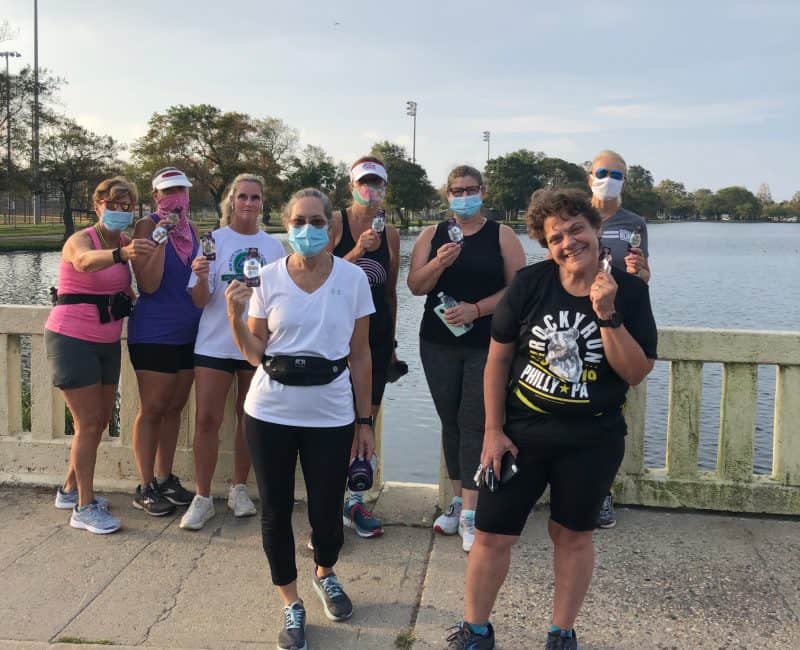Many people walk and run. Some are super fast, while others are not so fast. The beauty about the combination of walking with running is, you can incorporate a recovery break and typically run faster than you normally would if you just ran straight without a brake.
So how do you use the method?
There are many running coaches who recommend this method. One of the earlier “inventors” of the run/walk/run method, Jeff Galloway, wrote a handful of books on the subject. He used to recommend a 1-minute walk break, which you still see many people doing. However, he no longer recommends that. He prefers 30 second walk break.
Many people have also “wogged,” according to WebMD. This is walking with some intervals of jogging.
When I talk with runners, I have been recommending a 15-second rest. Before I tell you about the method, I want to say that I have worked with runners who run a 7-minute mile and runners who ran a 16-minute mile. The method works for fast runners, slow runners, and everyone in between.
If you never walk-run, here’s how to start:
If you are a newbie and have never run before, start out by walking. Try to walk at least three times during the week. For two days, walk for 30 minutes. For your long walk do it on a weekend and try to go out 3 miles. You can do it!
On week three, try to add intervals to your walk. Run for 5 seconds, then walk for 30 seconds and repeat. Do this on your long run as well.
At some point, maybe after a month or two, up the intervals. See how it feels. Many of my new runners start at 5 second run and 25 second walk. Some shorten the walk, others increase the run time to 7 seconds or 10 seconds. At some point, you will feel what works for you.
One thing I must add here is, when you run the 5 seconds, run it. Don’t jog it!
I had two new runners run the Bronx 10 Miler. They were running an average pace of around 14 minutes a mile and running an 8 second run/25 second walk. Two other runners who also use the method ran 90 second run/30 second walk. These runners laughed at my runners saying that the 8/25 was ridiculous. To make a long story short, my runners beat these two girls by more than 20 minutes!
You really need to know your ratio in order to nail the method.
What about for someone who is an advanced runner?
For someone who has some running background, run two days a week for 30 – 45 minutes. On the weekend, start your long run with a five-mile run.
During the week, make sure to do track workouts and hill repeats to increase your speed and endurance. Also, don’t forget about strength training! I also recommend cross-training to my experienced runners, like cycling and/or swimming. Both help with the run!
On the long run, go out slower than you normally would at a race. You are building endurance on these runs. One of my runners uses 15 second run/30 second walk for his intervals on the weekend. He continuously nails a pace of 11-minute miles.
I have other runners who are a little faster. They use 2 minutes run/15 second walk. One runner was just running. When we started to experiment with the method, she ran the same 9-minute mile pace on the 2/15 as she did on the 90/15. When we increased her time to 3 minutes run/15 second walk, her pace decreased.
One thing that’s important
You don’t need to run longer to run faster! As a matter of fact, you will run faster if you have shorter intervals.
The best bet is to experiment and see what works for you. I can run a 30 second run/15 second walk and run that at a 13-minute mile pace and I can also run it at a 11-minute mile pace. The key here is consistency and when it’s time to run, RUN!
The Walk Run intervals are 1) easier to do when you get started, 2) better for you as you get older, 3) prevent injuries when done right.
I hope this helps! Happy running!
*I wrote a similar story that appeared a few months ago on the Balega blog.

